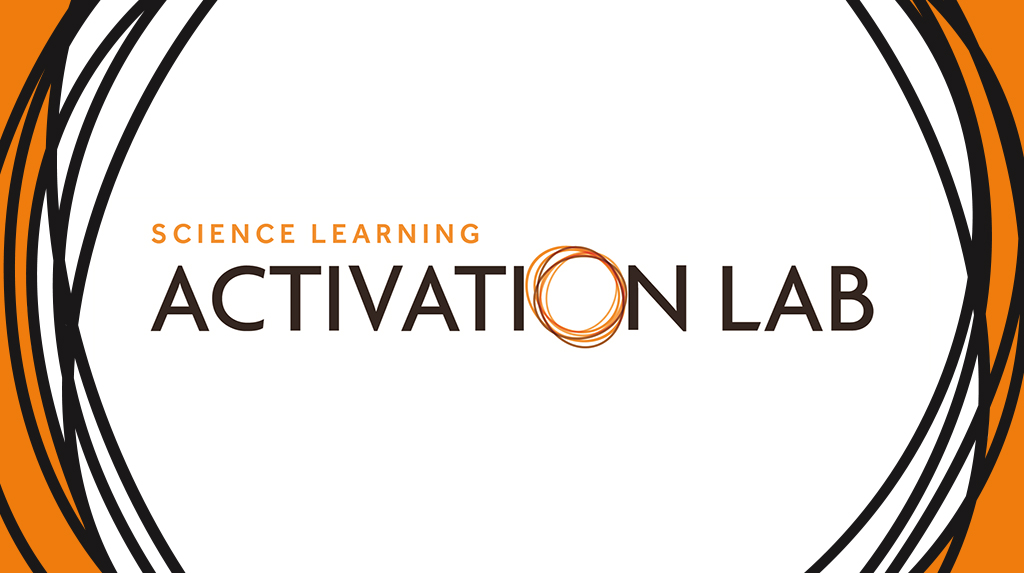Brief
Shared Measures for STEM and Science Learning Through the ActApp
Connected Science Learning July-September 2019 (Volume 1, Issue 11)
By Matthew A. Cannady and Kalie Sacco

Many formal and informal science, technology, engineering, and math (STEM) learning programs want to understand the impact their work has on learner outcomes. This can be difficult, especially in informal settings (e.g., afterschool programs, museum exhibits) that have limited resources to develop measures for the outcomes of interest. Additionally, several programs may be targeting the same outcomes but use different tools to measure them, leading to inconsistency in understanding impact across the STEM learning field.
Shared measures (i.e., instruments that can be used by multiple organizations to evaluate performance and track progress toward goals) and focusing on contiguous outcomes can help overcome those obstacles (Hanleybrown 2011). A project from the Lawrence Hall of Science (the Hall) at the University of California, Berkeley, called ActApp, enables researchers, evaluators, and program leaders to use highly vetted, shared measures of learners’ likelihood of success in future STEM learning experiences.
For nearly a decade, researchers at the University of Pittsburgh, the Hall, and other institutions have been studying the concept of learning activation. Learning activation is defined as “A state composed of dispositions, practices, and knowledge that enables success in proximal learning experiences” (Activation Lab 2019). This team has developed a set of instruments—including surveys, observation guides, and interview protocols—that measure dimensions of STEM learning activation (fascination, values, competency beliefs, scientific sense-making [for science learning], and innovation stance [for STEM learning]); success (choice preference, engagement and perceived success, and more); and covariates (demographics, home resources, and family support for learning). These tools have been developed via research studies involving thousands of students and have been used in dozens of research studies and program evaluations (primarily on learners ages 6–14).
In 2013, with support from the U.S. National Science Foundation, the Hall developed a toolkit that granted greater access to these tools. Dubbed the ActApp, the toolkit includes access to many of the survey and observation tools, as well as an introduction to using them. Users of the toolkit have the benefit of well crafted and highly vetted research instruments, as well as the option of receiving technical assistance and support from the Hall team as consultants or research partners. Since launching the ActApp, the toolkit has been used in partnership with the Hall by the Girl Scouts of the USA, FIRST Robotics, and the San Francisco Unified School District (among others), and independently by programs around the world—from Turkey to the Philippines, across a wide range of learning settings and environments.
The ActApp is free to use, and can be accessed via www.activationlab.org. As of summer 2019, the Hall is offering a professional learning session for evaluators, researchers, and program leaders to dig into the research behind Activation and the most effective use of the toolkit. For more information about that—including how to participate in an upcoming session–please e-mail info@activationlab.org.
Matthew A. Cannady (mcannady@berkeley.edu) is research group director at The Lawrence Hall of Science, University of California, Berkeley, in Berkeley, California. Kalie Sacco (kaliesacco@berkeley.edu) is coordinator for special initiatives, director’s office, at The Lawrence Hall of Science, University of California, Berkeley, in Berkeley, California.


